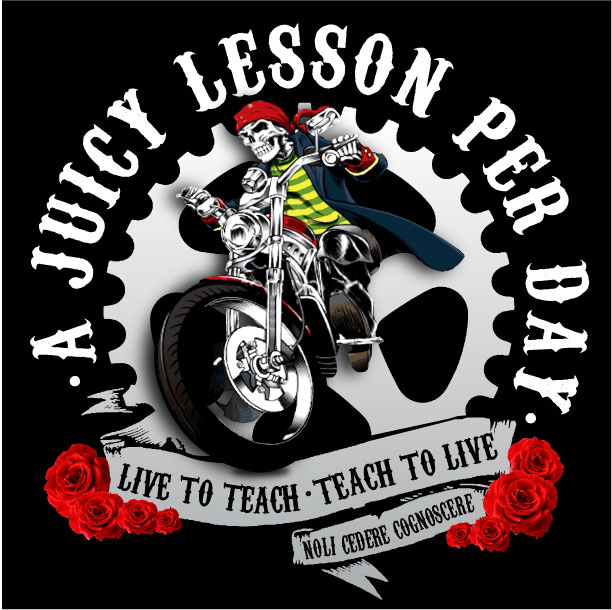The object of this game is to get your rocks (aka stones) closer to the centre (the button) than any of your opponents’ rocks. These rocks, before you go off half cocked, are made of granite and weigh a little over forty-two (42) pounds each. All rocks used in the Olympics and most stones – if not all of them – emanate from a huge granite quarry off the west coast of Scotland.
The game is played on a length of ice, approximately 100 feet long, referred to as a sheet. There are four players per team. Each throws two stones during each end and there are usually ten ends per game. The Lead leads off throwing his/her two stones and she/he is followed successively by the Second, the Third and the captain of the team, called the Skip.
You may have noticed the sweeping of the ice that usually occurs when stones are delivered. The sweeping serves two purposes: it makes the rock go faster and curl less, that is, by sweeping a stone, the sweepers are trying to get a thrown stone to hold its line.
Unlike the ice in your neighbourhood – either outdoors in parks and rec centres, or in the arena – curling ice is pebbled rather than flat. The friction caused by the brooms working the ice creates heat, thus causing some of pebbles in the stone’s path to melt, simultaneously reducing both the pull on the rock as well the amount of curl in it. By reducing the pull on the rock by sweeping it (“Hurry. HARD!”) the result is a rock which moves more quickly down the sheet towards the rings as well as a rock which keeps on a straighter line which would not occur in the absence of sweeping.
The rings are made up a twelve foot ring, an eight foot ring, a four foot ring, and the button which is two feet in diameter. As I have already pointed out, the object of the game is to get as many stones as possible closer than your opponent to the pin which is located right in the centre of the button. It is theoretically possible to score as many as eight points in one end and although the so-called “eight-ender” is not unheard of, this would rarely if ever occur in a game between two fairly evenly-matched teams. In pro curling or during the Olympics, two points in one end is the normal, with three, four and sometimes even five-enders happening occasionally.
Last rock is an important consideration in curling, especially coming home (i.e. in the final end of any game) and the team with last rock should score at least two points in that particular end, while the team without last rock will try to steal one or two points. The team that gets scored on in one end, will have last rock in the next end. A team with last rock will attempt to blank an end where there is no possibility of them scoring at least two points and thus retain last rock in the following end. Blanking an end means just that: both teams draw a blank in their respective efforts to score.
A draw is the opposite of a take-out, the latter being self-explanatory. Therefore a draw is a stone which has been thrown and ends up somewhere in the rings. A guard is also self-explanatory and the effort to get around or curl around guards gives the game it’s name.
An in-turn is thrown clockwise by a rightie and an out-turn is thrown in a counter-clockwise direction, again for a rightie. Lefties, on the other hand, throw in-turns counter-clockwise and the out-turns clockwise. A hit-and-roll is a shot whereby the thrown stone ‘hits’ only a piece of a rock and ‘rolls’ preferably behind a guard, known as “cover”.
That’s our introduction to the game of curling. The video should complement this article nicely so take a few minutes and enjoy it.
Peace.
